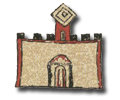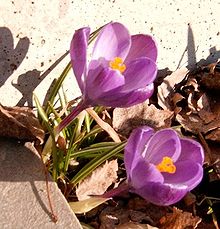





History
The court, Church and castle of Fulignano are mentioned back from April 29th, 994 a.C. in the deed of gift that Teuzo-Tegrim, son of Ildebrando and Ava, from the powerful family Lambardi of Staggia, of Longobard descent, to his wife Sinderarda.
The castle belonged to the vast property including the monastery of Badia a Isola, founded by Ava in 1001, the Rocca di Staggia, the castles of Cusona, Bibbiano and Cellole.
Around the end of 11th Century the Lambard family began to break up and in 1087 the castle was managed by the monks of Badia a Isola.
The castle is located on one of the many tracks of the Francigena road*, ravelled by Archbishop Sigeric on his return way from Rome to Canterbury (990-994) and later by thousands of pilgrims travelling to Rome or to Pisa when embarking to Jerusalem.
The Casaglia e Fulignano territory was thus crucial in the old times for a thorough control of the roads and trades (the height of 238 mts made it a perfect watching post onto the many tracks of the Francigena road and the side roads that linked castles, churches, abbeys of the region). Besides, in the Middle Age, Cusona castle, very close and right in front of Fulignano, was the customs house that marked the border between San Gimignano territories and the Florentines.
 Last but not least, the siliceous-sandy soil in this area was fit for the cultivation of a tiny gracious flower called “crocus” (crocus sativus) by which saffron was extracted, a spice which became a valuable trade good, contributing to the economic power of the medieval San Gimignano.
Last but not least, the siliceous-sandy soil in this area was fit for the cultivation of a tiny gracious flower called “crocus” (crocus sativus) by which saffron was extracted, a spice which became a valuable trade good, contributing to the economic power of the medieval San Gimignano.
After a painstaking restoration that lasted three years, the Castle comes back to new life and opens its doors to guests coming from all over the world to enjoy the peacefulness and the beauty that dwell here.
The central part of the building as we see it today is built on the remains of the ancient San Lorenzo Church rebuilt in 1790 as Pieve di San Lorenzo a Casaglia a few steps down the road, in front of the Castle, and still consecrated as local parish.
* The tracks of the Francigena road used the remains of Roman roads, which in their turn were made upon Etruscan paths. Then the Longobards strengthened it, and later it reached its highest development with the Francs.